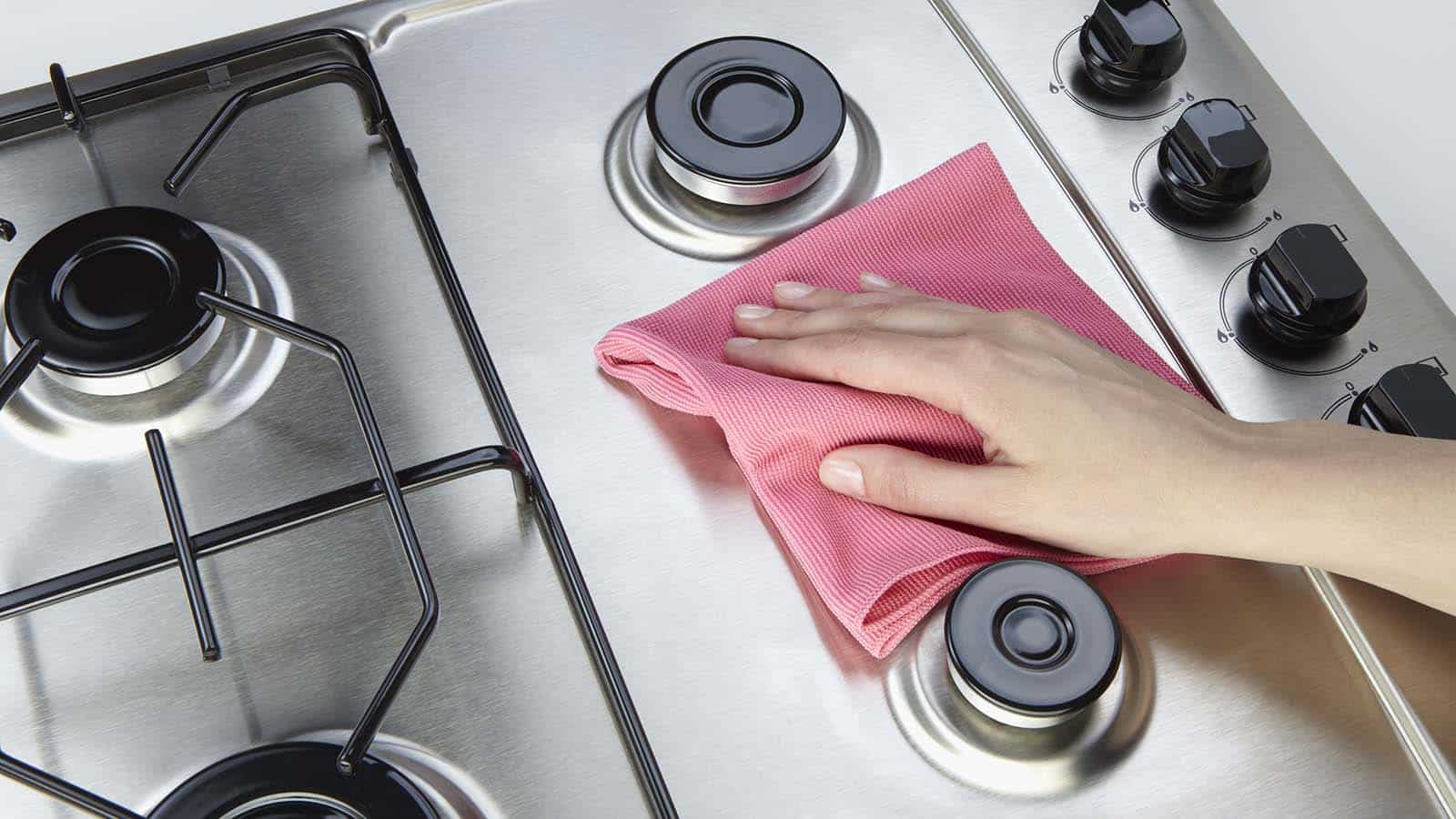Fungus gnats are those annoying, tiny little black flies that you find wafting around your pot plants.
Dealing with those tiny, annoying fungus gnats buzzing around your plants? We get it – they can be a real nuisance. The good news is, you don’t have to put up with them for long. You can choose to deal with fungus gnats with hydrogen peroxide or any other material that will be mentioned in this article.
In this blog post, we’re diving into the simple and speedy ways to kick those fungus gnats to the curb. Say goodbye to the little flyers and hello to a gnat-free plant haven. Let’s get started on how to kill fungus gnats faster!
Table of contents
What Are Fungus Gnats?
Fungus gnats are small, flying insects that belong to the Sciaridae family. These pests are commonly found in moist environments, particularly in areas with decaying organic matter. Adult fungus gnats are typically dark gray to black and have long legs and antennae. They are relatively small, measuring about 1/16 to 1/8 inch in length.
The life cycle of fungus gnats consists of four stages: egg, larva, pupa, and adult. The larvae of fungus gnats thrive in damp soil, feeding on organic matter, root hairs, and fungi. These larvae are translucent and have a distinct head capsule.
One of the most common signs of a fungus gnat infestation is the presence of adult flies hovering around plants, especially those kept indoors. Additionally, the larvae can cause damage to the roots of plants, particularly in overwatered or consistently moist soil.
READ ALSO: 25 Best Fundraising Ideas for Schools in | Start Now
What Do Fungus Gnats Look Like?
Measuring between 1/16 to 1/8 inch, fungus gnats are tiny and might go unnoticed in small numbers. Adult fungus gnats resemble miniature mosquitoes, featuring a dark coloration, while their larvae, measuring 1/4 inch, look like small worms with white or translucent bodies and blackheads. Dormant eggs, even smaller, exhibit a yellow-to-white hue, making them potentially visible in the affected potting mix when closely inspected.
To identify the type of gnats, observe their behavior. Fungus gnats typically swarm around houseplants. It’s common for people to confuse fruit flies, drain flies, and fungus gnats.
However, you can differentiate them by considering their preferred locations: Fruit flies, similar in size to fleas, are attracted to fruits and vegetables; drain flies, resembling minuscule moths, gather near sinks, while fungus gnats are generally found on and around houseplants.
SEE ALSO: How Does a Master Key Work on Various Doors?
How To Kill Fungus Gnats Faster
Getting rid of fungus gnats involves a combination of strategies to eliminate both adult gnats and their larvae.
Here are some effective steps to help you control and prevent a fungus gnat infestation:
1. Allow Soil to Dry
Fungus gnats thrive in moist environments. Allow the top layer of soil in your potted plants to dry out between watering sessions to discourage the development of gnat larvae.
SEE ALSO: How to Become an Animal Trainer in | Full Guide
2. Remove Excess Moisture
Address any standing water in trays under pots or saucers. Empty excess water from these containers to reduce the moisture that attracts fungus gnats.
3. Use Yellow Sticky Traps
Place yellow sticky traps near affected plants. Fungus gnats are attracted to the color yellow, and the sticky surface of the traps will capture adult gnats.
4. Introduce Beneficial Nematodes
Beneficial nematodes are microscopic organisms that can be added to the soil to target and destroy fungus gnat larvae.
5. Apply Bacillus Thuringiensis (BT)
BT is a natural bacterium that can be mixed with water and applied to the soil. It is toxic to fungus gnat larvae but harmless to plants and humans.
6. Neem Oil
Neem oil is an organic solution that can be applied to the soil to control fungus gnats. It disrupts the growth and development of the larvae.
READ ALSO: How To Become An Electric Car Mechanic In | Full Guide
7. Homemade gnat repellent spray
Prepare a gnat repellent solution by combining water, baking soda, vinegar, and dish soap in a spray bottle. For each cup of water, add a few drops of dish soap, a tablespoon of vinegar, and baking soda. Apply the mixture by spraying it in areas frequented by gnats, including around plants and in bathrooms. This solution serves as an effective repellent for gnats.
How To Kill Fungus Gnats Using Hydrogen Peroxide
Most people have a bottle of hydrogen peroxide in their medicine cabinet at home. It’s a health and beauty product that has many uses and is very inexpensive. This foaming liquid is the most effective method to control fungus gnats, and it will not harm the plants or growing medium.
Here are three ways you can kill fungus gnats using hydrogen peroxide:
1. Hydrogen Peroxide to control Fungus Gnats on the indoor plants:
Step 1: If you spot an infestation, let the upper layer of the growing medium dry out for a day or two before starting the hydrogen peroxide treatment.
Step 2: Make a solution by mixing one part hydrogen peroxide with four parts water.
Step 3: Use this solution to water the affected plant as you normally would. Apply it to the growing medium of each plant that has or might have fungus gnats or their larvae.
The hydrogen peroxide and water mixture may produce some foam and fizz when it interacts with the growing medium, which is normal. It effectively eliminates fungus gnat larvae upon contact. After a few minutes, the fizzing subsides, and the hydrogen peroxide transforms into harmless oxygen and water molecules.
2. Hydrogen Peroxide Spray to control flying Fungus Gnats
After the initial treatment, it’s possible to observe adult fungus gnats flying around the plant. It’s crucial to eliminate them before they lay more eggs in the growing medium.
Step 1: Combine one part of hydrogen peroxide with four parts of water in a spray bottle.
Step 2: Gently spray the leaves and stems of the plant where adult fungus gnats are seen.
Step 3: Repeat this process as necessary until the adults are no longer visible.
Alongside this treatment, you can place Fungus Gnat traps near the plant’s base to capture the flying adult fungus gnats.
3. Hydrogen Peroxide Soil Drench for heavy infestation
If the fungus gnat infestation is severe, it’s necessary to eliminate both the flying gnats and the larvae in the soil. To create an effective indoor plant gnat killer, follow these steps:
Step 1: Cease watering the plant and let the growing medium partially dry out.
Step 2: Transfer the potted plant to the sink or outdoors for a thorough drenching with the hydrogen peroxide treatment.
Step 3: Mix one part hydrogen peroxide with four parts water in a container.
Step 4: Completely saturate the potting soil with the hydrogen peroxide and water mixture until it drains out freely from the container’s bottom drainage holes.
Step 5: Allow 10 minutes to pass and then repeat the previous step once more.
This process promptly eliminates the larvae and aids in flushing out the small deceased remains from the growing medium.
How Can I Prevent Fungus Gnats?
To prevent fungus gnats, you must maintain proper watering practices, allowing the soil to dry out between watering sessions, and using well-draining soil. Various insecticides and biological control methods are also available for managing fungus gnat populations in both indoor and outdoor settings.
After successfully managing a gnat infestation, there remains a likelihood of their return without proper preventive measures. Disposing of the uppermost layer of potting soil outside and substituting it with a sterile mix is just one aspect of preventing fungus gnats in houseplants.
To enhance the effectiveness of the mentioned gnat treatment methods, it is crucial to implement the following steps:
Step 1: Let the houseplant soil to dry
Allow the soil of houseplants to dry to a depth of 2 inches before giving them water. Fungus gnats tend to lay their eggs in excessively damp soil, and their larvae typically inhabit the top few inches of the soil surface.
This makes them particularly prevalent in winter when people often continue the watering routines practiced during the summer. It’s essential, however, not to let the soil completely dry out, as this could harm your plants.
Another effective method is to pour water into the trays where seedlings or houseplants are situated, allowing the soil’s top layer to stay dry. This watering technique is known as bottom watering.
SEE ALSO: Fingerhut Sweepstakes | How To Apply And win $50,000 And More
Step 2: Use a sterilized potting soil
Use sterilized potting soil when repotting plants. Moreover, store any extra soil in a sealed container once the bag is opened, and refrain from incorporating compost into your potting soil unless the compost has undergone complete finishing and sterilization.
Step 3: Place soil inside a sealed bag
Put soil into a sealed plastic bag and flatten it to a depth of no more than 8 inches. Position it on an elevated surface in sunlight for a minimum of one month—or two months or more in areas with frequent cloud cover.
Step 4: Repot houseplants with new potting soil frequently
Repotting indoor plants reduces the chances of fungus gnats taking over containers.
What Causes Gnats To Enter The House?
Conditions that foster an ideal environment for gnats are similar to those that attract various insects and pests. These include the availability of preferred food sources, moisture, shelter, and decomposing organic matter. To eliminate gnats, it’s essential to address and remove the sources that attract them.
Causes of gnats’ invasion include:
- Moist soil: Moist soil is an ideal habitat for fungal gnats.
- Decomposing organic matter: Wastes and sewage from faulty pipes and drains cause wastes to accumulate in the soil or drains, which are a breeding ground for gnats.
- Moist organic matter: Fruit flies and moth flies are attracted to moist organic matter, fruits, and vegetables. They are commonly seen swarming around fruits and vegetables left uncovered.
FAQs On How To Kill Fungus Gnats Faster
While chemical insecticides can be effective, they might not be the quickest solution. Natural remedies like neem oil, hydrogen peroxide, or sticky traps can provide faster results without using harsh chemicals.
Yes, combining methods can often yield faster and more effective results. For instance, using yellow sticky traps alongside a natural gnat-repelling spray can create a two-pronged approach, addressing both adult gnats and their larvae for a quicker resolution.
Fungus gnats are attracted to moist soil and planting media, which is why overwatering houseplants is perhaps the most common cause of fungus gnat infestations.
Conclusion
While gnats and their slimy offspring may not appear particularly appealing, they are generally less harmful than other undesirable insects. Gnats play a natural role in our ecosystem, but it’s understandable that you wouldn’t want them buzzing around your home and feasting on your plants.
Although completely eradicating fungus gnats from outdoor spaces or eliminating them entirely from your indoor plant collection might be challenging, adopting some or all of the above suggestions can help keep their numbers low enough to make them less troublesome.
References
- latimes.com – How to really, truly, finally get rid of fungus gnats for good: We asked the pros
- medicinenet.com – What Is the Fastest Way to Get Rid of Gnats?
- bobvila.com – How to Get Rid of Fungus Gnats: 4 Remedies That Work





